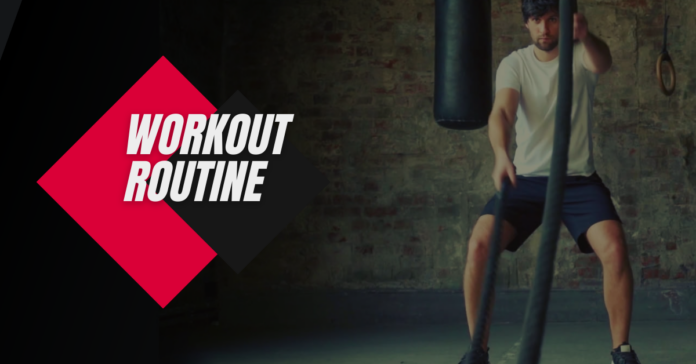Introduction
Creating a workout routine tailored to your goals can maximize results and keep you motivated. Whether you aim for muscle gain, weight loss, or improved endurance, a structured plan is essential. This guide will help you design the perfect workout routine to meet your fitness objectives.
Understanding Your Fitness Goals
- Define clear and achievable fitness objectives.
- Common goals: weight loss, muscle gain, endurance improvement, and overall health.
- Setting SMART goals (Specific, Measurable, Achievable, Relevant, Time-bound) ensures success.
Choosing the Right Type of Exercise
1. Strength Training
- Builds muscle mass and increases metabolism.
- Involves weightlifting, resistance training, and bodyweight exercises.
- Key exercises: squats, deadlifts, bench presses, and pull-ups.
2. Cardio Workouts
- Improves heart health and aids in weight loss.
- Includes running, cycling, swimming, and HIIT (High-Intensity Interval Training).
- Should be adjusted based on intensity and duration.
3. Flexibility and Mobility Training
- Enhances movement efficiency and reduces injury risk.
- Incorporates yoga, stretching, and dynamic mobility drills.
- Helps in post-workout recovery.
Structuring Your Workout Plan
4. Frequency and Duration
- Determine how many days per week to work out.
- Balance between workout and recovery days.
- Example: 3-5 workout days per week depending on fitness level.
5. Progressive Overload
- Gradually increasing workout intensity to ensure progress.
- Methods: increasing weights, repetitions, or workout duration.
- Helps in breaking plateaus and improving performance.
6. Rest and Recovery
- Importance of rest days for muscle recovery and performance enhancement.
- Incorporating active recovery activities like walking and light yoga.
- Sleep and nutrition play a crucial role in recovery.
Nutrition and Hydration for Optimal Performance
7. Pre-Workout Nutrition
- Importance of fueling the body before exercise.
- Recommended foods: complex carbohydrates and lean proteins.
- Hydration is key for sustained performance.
8. Post-Workout Nutrition
- Essential for muscle repair and recovery.
- Includes protein-rich foods and healthy fats.
- Hydration helps replenish lost fluids and electrolytes.
Tracking Progress and Making Adjustments
9. Monitoring Performance
- Keeping a workout journal or using fitness apps.
- Tracking progress in strength, endurance, and body composition.
- Making necessary adjustments based on results.
10. Staying Motivated
- Setting short-term and long-term milestones.
- Finding a workout buddy or joining fitness communities.
- Rewarding progress to stay committed.
Common Workout Mistakes to Avoid
- Overtraining without allowing recovery time.
- Ignoring proper form, leading to injuries.
- Not adjusting workouts based on progress.
Conclusion
A well-structured workout routine aligned with your goals can lead to long-term success. By focusing on exercise variety, proper nutrition, and recovery, you can achieve optimal fitness results.
For more health and fitness tips, visit ArticleTable and explore additional resources at SunrayClick.
